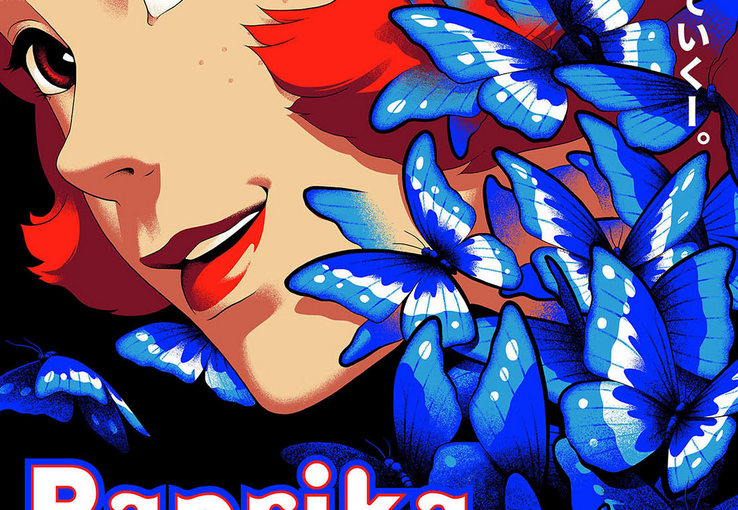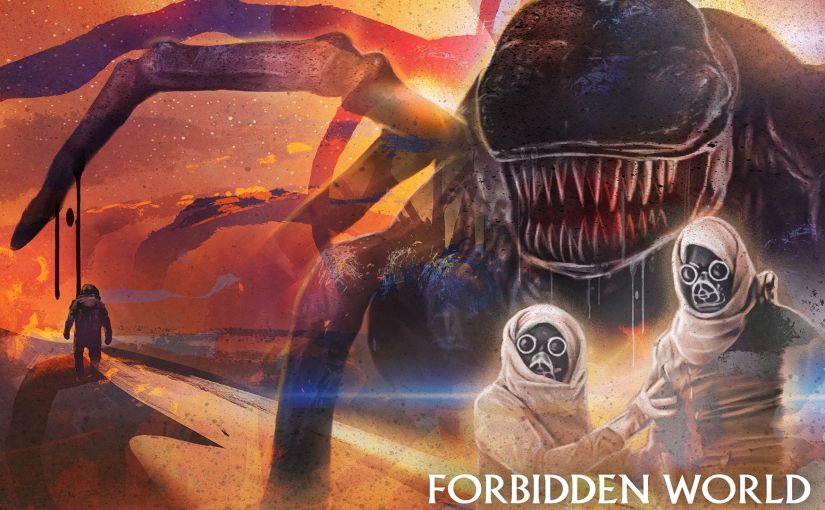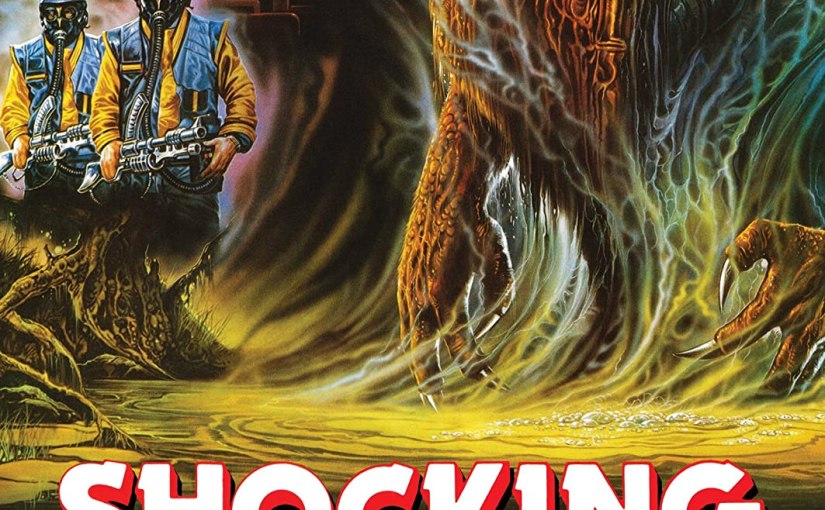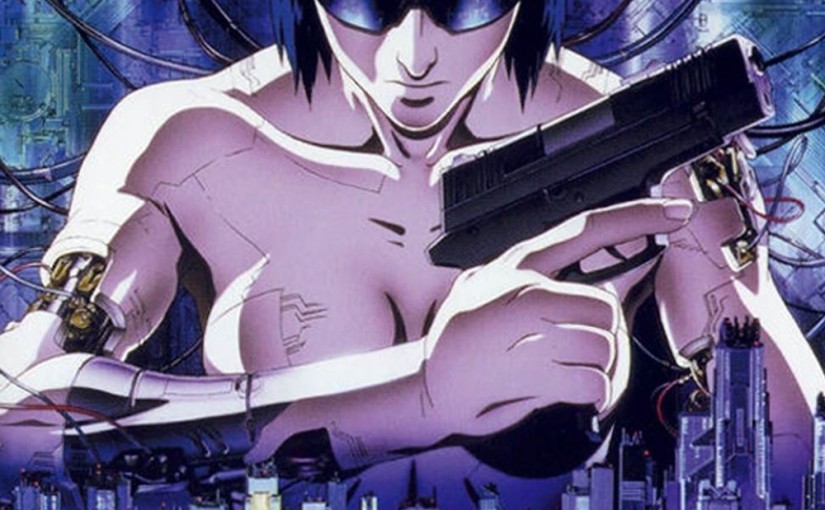Disclaimer: The image being featured here for this review is only being shared in the purpose of fair use only. All credit solely belongs to the original makers, creators, and owners, and absolutely no infringement is intended of any kind/type at all whatsoever.
Satoshi Kon was an acclaimed director, animator, and writer of what many consider to be some of the absolute greatest films to ever be made in the genre of anime in Japan who sadly passed away in 2010, but before that happened, Satoshi Kon made an animated major motion picture adaptation of Yasutaka Tsutsui’s 1993 novel Paprika released in 2006 from animation studio Madhouse, and sharing the same name of the book as the movie adaptation is too also called Paprika (which is Satoshi Kon’s last film before his passing).
In order for me explain what the plot of Paprika is mostly about without giving too much of it away to those who haven’t checked it out yet, Paprika is a techno-thriller psychological sci fi story about the hunt for a criminal who has stolen a prototype device called the DC Mini, and is using it to negatively affect the minds of others by manipulating their dreams which causes them to behave mentally insane. To help with the investigation, Doctor Atsuko Chiba uses her alter-ego by the name of “Paprika” (hence the title) to enter into the dream world in the hopes of looking for the necessary clues needed to find the thief, and recover the stolen DC Mini.
What has to be quickly mentioned in this review is that since the film contains moments of subtle female nudity, it is officially rated R by the MPAA, so only those who are 18 years and older of age should watch (and see) 2006’s Paprika.
Right off the bat, the biggest stand out in Paprika (2006) is the spectacular & creative animation (and what it is used to visualize) that is still very impressive to look at even during the 2020s, and the 1080 HD (high definition) video transfer featured in Sony Pictures Classic’s official Region Free Blu-Ray release from 2007, that I am lucky to still have & own, adds a very nice upgrade to the already wonderful animation in regards to the visuals, character movements & expressions, and backgrounds.
Both the Japanese, and English Dub voice acting are very good with each voice actor being a perfect fit for their respective characters, and the English subtitles used to translate the Japanese dialogue are done professionally well-enough for those who just want to read what every character is saying in Japanese.
The overall story in general can be very confusing, hard, weird, and difficult to understand at first viewing, but the plot truly is intriguing enough to keep audiences invested for them to find out what’ll happen as it keeps going on from beginning to until the very end all throughout. It’s also recommended to give Paprika multiple viewings in case to fully know what it’s all about without needing to ask any questions concerning its structure, themes, and concepts.
Susumu Hirasawa’s soundtrack that he provided for Paprika, is one of the first to be made using “vocaloid” to ever be featured in a movie, and it is most definitely for certain one of the best scores I have ever heard in a film as all of the music is a joy to the ears to hear with all the tracks being memorable in my opinion, but that should come to no surprise due to how talented & gifted Susumu Hirasawa is at making great music for whatever it is he works on.
While it is sadly Satoshi Kon’s last film that he ever worked on before his passing in 2010, Paprika from 2006 is yet another amazing movie in his filmography worth taking a look at because of how much of an achievement in Japanese animation it is with all of the good qualities, aspects, and elements I’ve gone over in this review, and it’s just a great science fiction film to begin with that shows a very creative & imaginative style of how the premise of entering one’s mind and their own dreams to its fullest potential without holding anything back whatsoever.
I give Paprika (2006) 5/5 Stars, and Two Thumbs Up!
If you would like to do so, please be sure to support me on Patreon as it’ll mean a lot to me, and please do follow me on Pinterest if you are interested in doing so, and following me on Instagram will also be very much appreciated by me too as well: https://www.patreon.com/EugeneAlejandroThe4th, https://www.instagram.com/eugenealejandroauthor/, and https://www.pinterest.com/gene98159796/_created/









